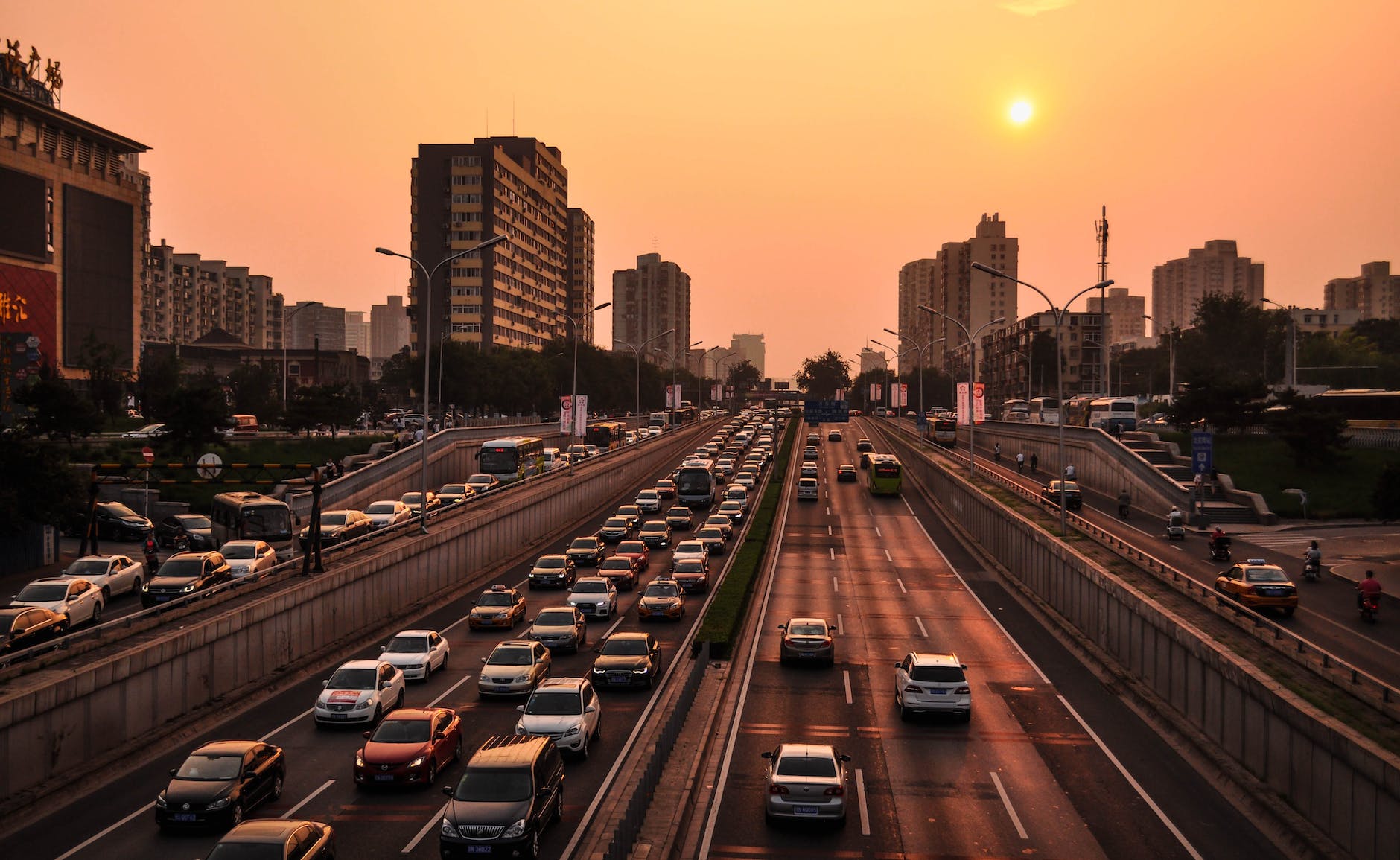As technology continues to advance at an unprecedented rate, it’s no surprise that it’s also revolutionizing the way we travel. From electric and self-driving vehicles to high-speed trains and even personal flying devices, the future of transportation is looking more and more like something out of a science fiction movie.
One of the most exciting developments in transportation technology is the emergence of electric and self-driving vehicles. Electric vehicles (EVs) are becoming increasingly popular, with major automakers such as Tesla, GM, and Volkswagen investing heavily in the technology. EVs offer a number of benefits over traditional gasoline-powered vehicles, including reduced emissions, lower operating costs, and improved fuel efficiency.
Self-driving vehicles are also on the horizon, with companies such as Waymo, Uber, and Alphabet’s GOOGL +0.4% Sidewalk Labs working on autonomous vehicle technology. These vehicles use a combination of sensors, cameras, and artificial intelligence to navigate roads and avoid obstacles, with the goal of eventually eliminating the need for a human driver.
In addition to EVs and self-driving vehicles, there are also a number of other exciting transportation technologies being developed. For example, the Hyperloop, developed by Tesla CEO Elon Musk, is a high-speed transportation system that uses tubes to transport pods carrying passengers or cargo at speeds of up to 700 mph. There are also companies working on personal flying devices, such as the Vertical Takeoff and Landing (VTOL) aircraft being developed by Urban Aeronautics and AeroMobil.
The potential benefits of these and other emerging transportation technologies are vast. In addition to reducing emissions and improving fuel efficiency, they have the potential to revolutionize the way we travel, making it faster, more convenient, and more accessible.
However, there are also a number of challenges that need to be addressed before these technologies can be fully realized. For example, there are concerns about the safety and reliability of self-driving vehicles, as well as the cost and infrastructure required to support them. There are also regulatory and legal issues that need to be addressed, as these technologies are not yet fully understood or accepted by the general public.
Despite these challenges, it’s clear that the future of transportation is bright, and technology is playing a major role in shaping that future. Whether it’s electric and self-driving vehicles, high-speed trains, or personal flying devices, it’s clear that the way we travel is changing rapidly, and the possibilities are endless. As technology continues to advance and new transportation technologies are developed, it will be interesting to see how these innovations will change the way we live and work in the future.



